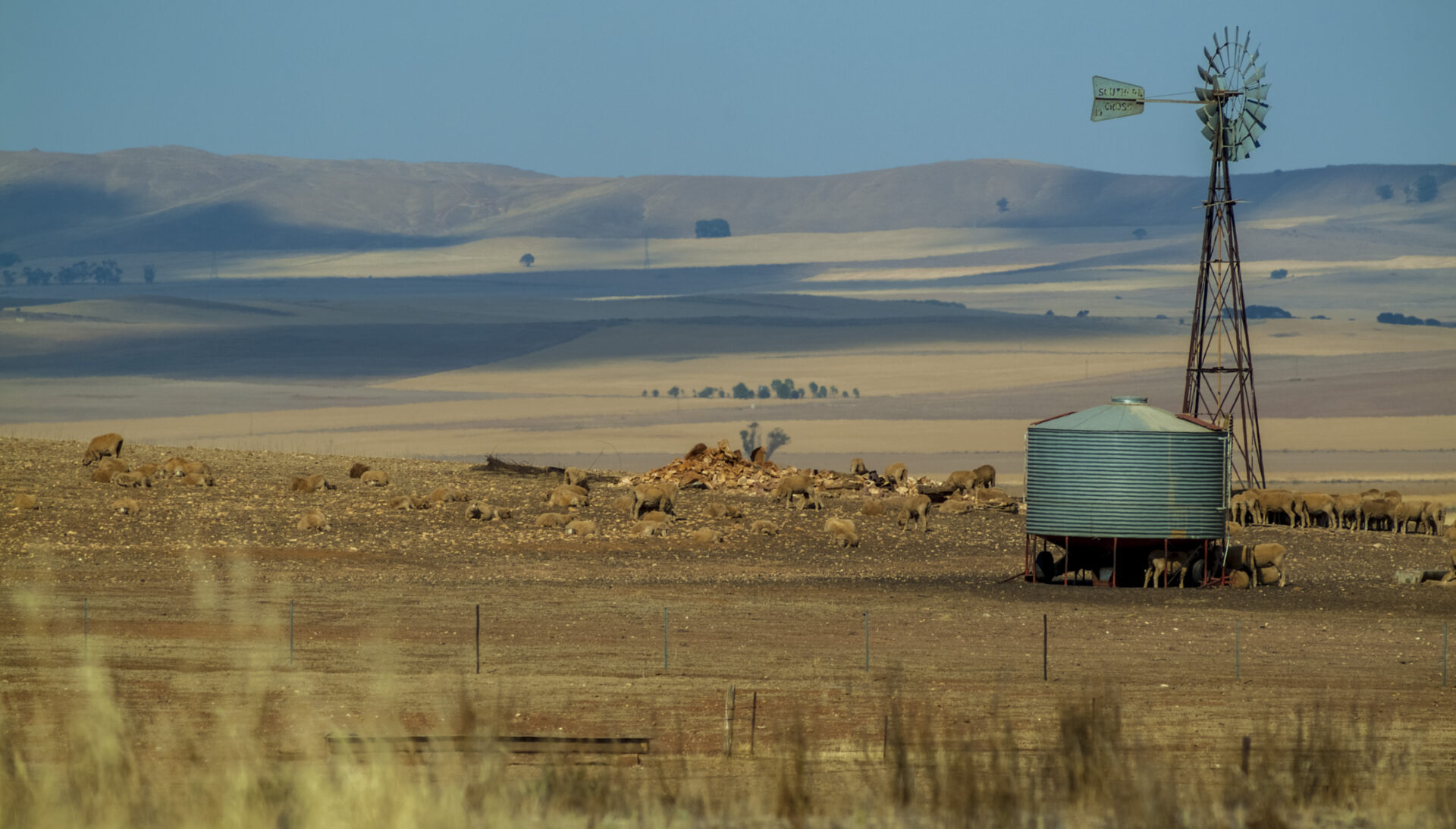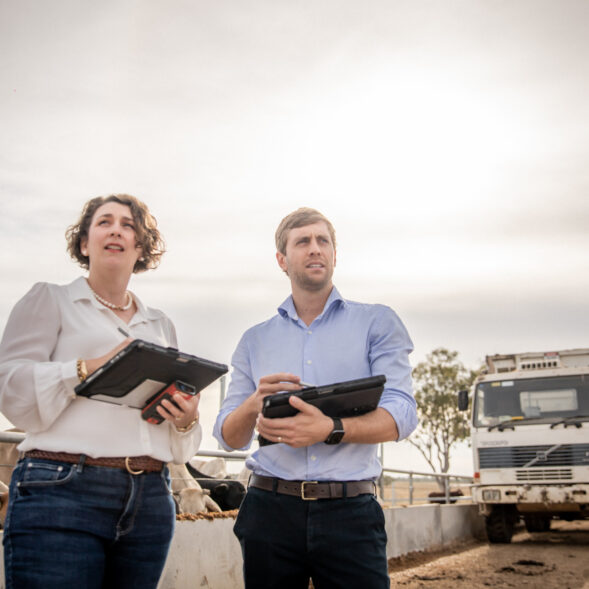National Overview from our Rural Experts
Wine & Vineyard Market Overview
The vineyard and wine industry overall has had another year of highs and lows, with many across the industry hunkering down and riding through another tough vintage, both seasonally and economically. Wine production for 2023-24 was just over one billion litres, an 8% increase compared with the weather-affected 2022-23 vintage. However, it was still the second-smallest reported production in 17 years and 16% lower than the 10-year average of 1.24 billion litres. The lower production has helped sales of Australian wine exceed production for the second consecutive year.
On a positive note, 2024 has seen the lifting of Chinese tariffs on the Australian wine industry, with many growers buoyed by the return of the Chinese export market. Recent prices for main red varieties in warm climate regions are expected to increase slightly from around $246 per tonne to $284 per tonne, with white varieties expected to range from $395 per tonne to $501 per tonne for the major varieties.
Vineyard and winery transactions have been down across the key wine regions of Australia, with agents reporting that vineyards and wineries are spending extensive periods on the market. Buyer confidence remains low as a general observation. This trend has been seen both at the grower level and at the cellar door/winery level. A number of reputable winery and cellar door facilities have been offered to the market over the past twelve months with limited success. If grape prices, profitability, and balance sheets continue to improve, buyer confidence is likely to follow. However, any rises in vineyard or winery values may lag, given the high level of stock currently sitting on the market.
A number of larger vineyard sales in the inland areas have been purchased by buyers intending to redevelop the land for other crops. These buyers have seen opportunities to acquire vineyards with some existing irrigation infrastructure at historically low prices, often at a cheaper overall cost than starting from scratch with greenfield developments.
One recent sale of note is the Salena Estate business in the South Australian Riverland, which includes a 15,000-tonne winery, a 17 million-litre storage facility, 185 hectares of vineyards, and a fully equipped laboratory with a bottling line, sold for a reported price of $9.2 million.
Overall, there appears to be varying levels of confidence returning to the industry following several difficult years. While there have been positive signs out of China, it is unlikely that demand will return to pre-tariff levels in the near future. The industry still carries elevated stock levels, along with an overall decline in wine consumption and the uncertainty of long-term success in China following the re-introduction and restocking of wine into the Chinese market.
Chris Algie








